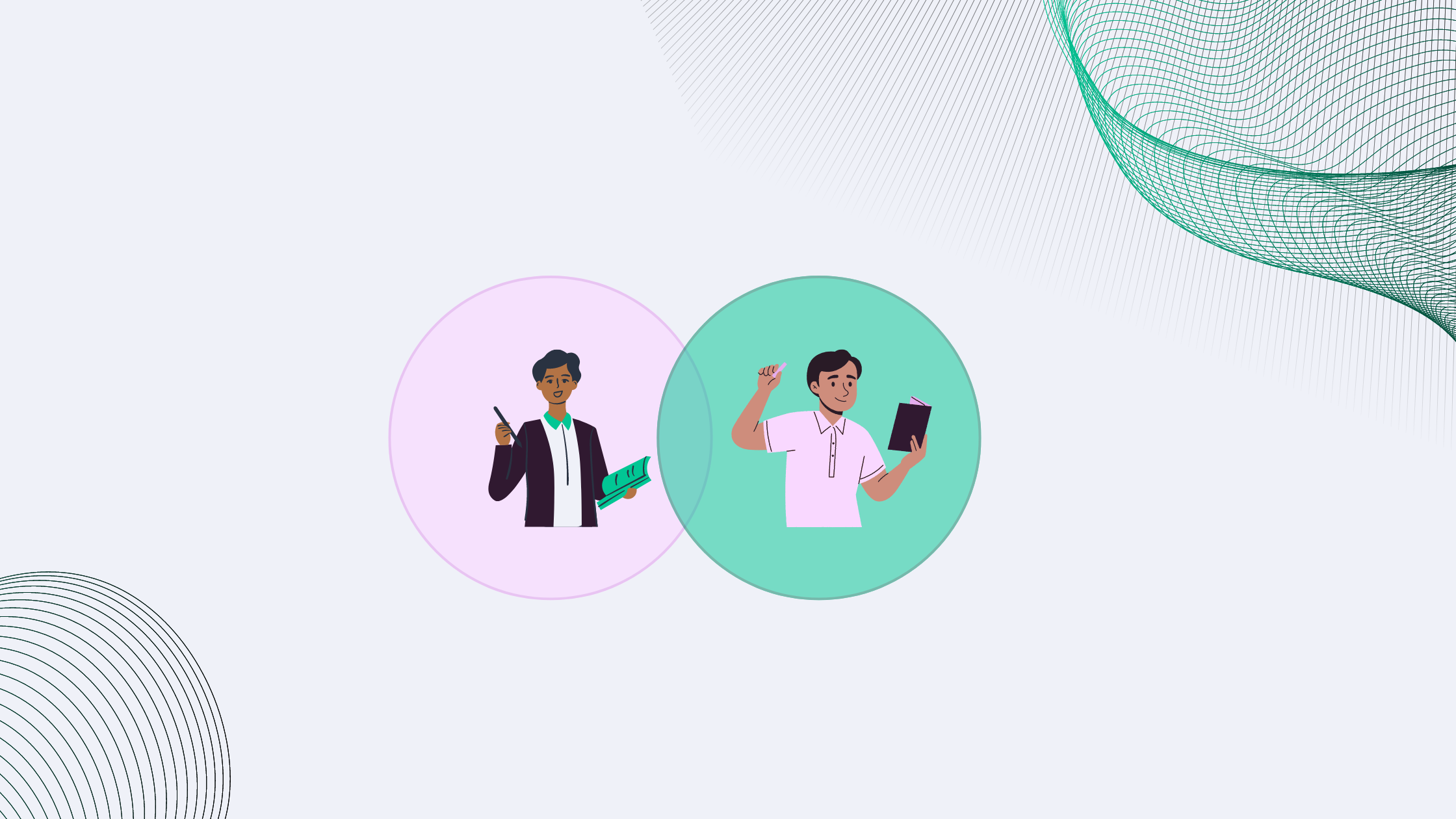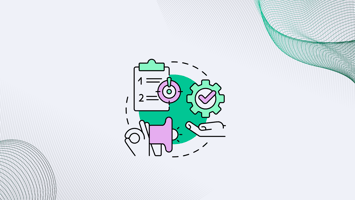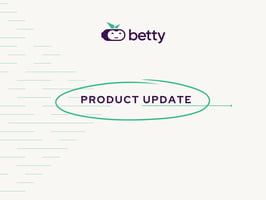Launching a new AI assistant is exciting, but the real magic happens after launch, when you start...
Expanding the Space of Ideas: How AI Can Accelerate Innovation in Associations
Innovation is the lifeblood of any organization, and associations are no exception. However, the process of generating fresh ideas and turning them into actionable solutions can be challenging, especially when faced with limited resources and established ways of thinking. But what if there was a way to supercharge this process? Artificial intelligence, particularly large language models like ChatGPT, offers a revolutionary approach to ideation and problem-solving.
This post explores a framework for using AI to systematically explore new ideas, rapidly generate prototypes, and push the boundaries of what's possible. It's about reimagining AI not just as a tool, but as a creative partner that can help associations stay ahead of the curve in an ever-evolving landscape.
Understanding AI as a Next Word Predictor
To grasp the potential of AI in creative processes, it's crucial to understand how these systems work. At its core, an AI like ChatGPT functions as a sophisticated "next word predictor." It's trained on vast amounts of text data, learning patterns and relationships between words and ideas.
This concept can be illustrated with a simple yet powerful exercise. Consider the phrase "Once upon a time..." Our natural ability to predict likely next words - "there," "was," "a" - mirrors how AI models operate, but on a much larger scale. This predictive capability allows AI to generate coherent and often creative text.
However, at a certain point in the text chain, we reach a critical juncture, where the narrative can branch off in countless directions. After “there was a...,” we could fill in the gap with "princess," "frog," "demon goddess of the underworld," or any number of possibilities. These junctures are where the real power of AI in creative processes becomes apparent, as it can explore myriad potential paths from each of these nodes.
More importantly, it can make connections between disparate concepts, drawing from a vast pool of information to produce ideas that might not occur to a human mind constrained by individual experience and knowledge.
In the context of innovation, this means AI can rapidly generate and connect ideas, exploring vast "idea spaces" quickly. It can produce numerous variations on a theme, explore unlikely combinations, and generate scenarios that push the boundaries of what we might typically consider possible.
The Concept of Idea Spaces
Innovation often occurs at the intersection of different ideas and experiences. To understand how AI can amplify our creative potential, it's helpful to visualize the concept of "idea spaces."
Imagine your knowledge and experiences as a circle. Inside this circle are all the ideas you've had, the knowledge you've built, and the experiences you've accumulated over time. The edge of this circle represents the boundary of your current understanding and creativity.
Now, picture another circle representing someone else's knowledge and experiences. Where these circles overlap, you share common ground. But it's in the areas where they don't overlap that the potential for innovation lies. When you collaborate, you can access ideas and perspectives that lie outside your own circle, potentially leading to novel solutions.
AI takes this concept to a whole new level. It's like adding a massive circle that overlaps with vast amounts of human knowledge and can make connections we might never consider. By interacting with AI, we can significantly expand our idea space, pushing the boundaries of our collective knowledge and creativity.
This expanded idea space allows us to:
- Explore territories beyond our individual expertise
- Make unexpected connections between seemingly unrelated concepts
- Generate a multitude of ideas quickly, increasing the chances of finding innovative solutions
By leveraging AI in this way, associations can tap into a wellspring of creativity that goes far beyond what traditional brainstorming methods can achieve. It's not about replacing human creativity, but rather augmenting it, allowing us to explore the vast, uncharted territories of potential ideas and solutions.
A Simple Framework for AI-Driven Innovation
With an understanding of how AI works, we want to introduce a practical framework for leveraging this technology to increase creativity and maximize innovation. This approach consists of four key steps:
- Defining the problem or challenge: Start by clearly articulating the issue you're trying to solve or the opportunity you're aiming to exploit. Be specific about your goals, constraints, and the context of your association.
- Using AI to generate sci-fi narratives: Instead of immediately asking AI for solutions, begin by prompting it to create science fiction stories related to your challenge. This approach encourages more creative and unconventional thinking. For example, you might ask: "Create a sci-fi short story about an association in the year 2050 that has solved [your specific challenge]."
- Exploring multiple branches of ideas: Use the 'regenerate' function in tools like ChatGPT to create multiple versions of these stories. Each version represents a new branch in your tree of possibilities. Navigate between these branches, comparing and contrasting the different scenarios and solutions presented.
- Extracting actionable concepts and rapid prototyping: From these narratives, identify the most promising ideas and concepts. Then, use AI to help transform these into more concrete prototypes or action plans. You might prompt: "Based on the story about [specific element], describe a prototype for a solution that could be implemented today."
This framework allows you to systematically explore a vast range of possibilities, pushing beyond conventional thinking to uncover truly innovative solutions. By starting with sci-fi narratives, you give the AI (and yourself) permission to think more creatively and unconventionally, leading to a more comprehensive and innovative exploration of potential solutions.
Remember, the goal isn't to find a perfect, fully-formed solution immediately. Rather, it's to generate a wide array of innovative ideas that you can then refine and develop further using your association's expertise and resources.
Practical Implementation
To put this framework into practice, consider the following:
- Tools needed: While there are various AI tools available, ChatGPT is a good starting point due to its versatility and ease of use. Ensure you have access to the latest version for the best results.
- Tips for effective prompts:
- Be specific about your association's context and challenges
- Encourage the AI to think beyond current technological limitations
- Use vivid, descriptive language to inspire more creative responses
- Integrating into existing processes:
- Start small by using this approach for a specific project or challenge
- Consider forming cross-functional teams to analyze and develop the AI-generated ideas
- Use the output as a starting point for further discussions and refinement in your regular innovation meetings
The Benefits of This Approach for Associations
The integration of AI into the innovation process represents a significant leap forward for associations seeking to stay relevant and impactful in an increasingly complex world. This approach doesn't just accelerate the ideation process; it fundamentally changes how we think about problem-solving and creativity. It allows associations to:
- Break free from conventional thinking patterns
- Rapidly explore and prototype a wide range of solutions
- Empower all team members to contribute to the innovation process
We encourage you to experiment with this framework in your own association. Start with a small project or challenge, and see where AI-generated ideas might take you. You may be surprised by the novel solutions and perspectives that emerge.
Remember, the goal isn't to replace human creativity, but to enhance it. By combining the vast knowledge and rapid processing of AI with human insight and expertise, associations can push the boundaries of what's possible and create a future that might once have seemed like science fiction itself.
*This blog was written with the kind help of Claude 3.5 Sonnet and is based on ideas presented by Thomas Altman, Betty Bot's Chief Innovation Officer, at the Blue Cypress Innovation Hub in Chicago.
.png?width=173&height=70&name=Betty_RGB%201%20(1).png)



